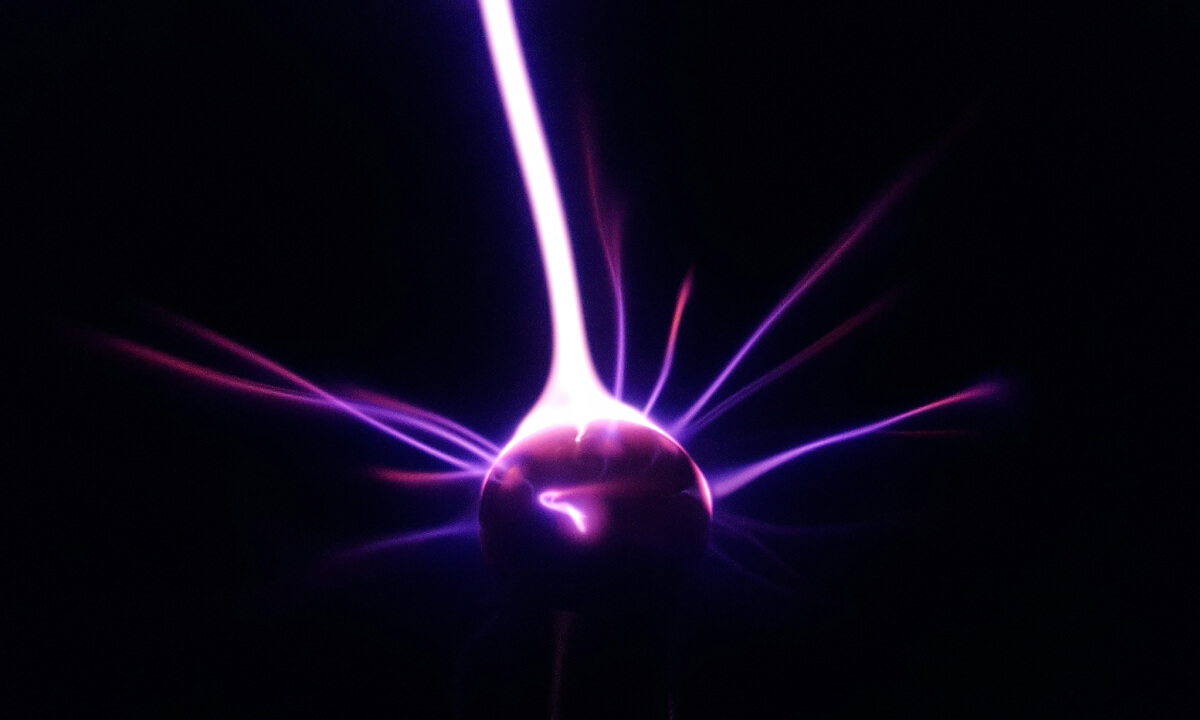If you thought dark matter and dark energy were the only cosmic mysteries, get ready to meet antimatter, the rebellious cousin of the matter we know and love. Yes, that stuff we are made of—you, me, and everything we see around us. But antimatter is different. It’s like the evil version of matter, just like those evil twins in soap operas. And it’s not just a crazy theory: antimatter is as real as the coffee you need to start your day, though a bit harder to come by.
What is antimatter and why is it so special?
To start, antimatter is exactly what it sounds like: anti-matter. It’s like the mirror version of normal matter. Where we have protons, antimatter has antiprotons; where there are electrons, there are positrons. The interesting thing is that when matter and antimatter meet, they annihilate each other in a flash of pure energy. So, if you ever come across your antimatter twin, it’s best to keep your distance!
This annihilation is one of the reasons why antimatter is so fascinating. Imagine a source of energy where a small amount of mass is completely converted into energy, just like in Einstein’s famous equation E=mc2E=mc^2. A gram of antimatter could release as much energy as a nuclear explosion. But don’t worry, we’re not about to use antimatter to heat our homes; producing it is extremely complicated and costly.
Where is all the antimatter?
One of the big questions scientists ask is: if antimatter is so real, why don’t we see much of it in the universe? According to our theories of the Big Bang, there should have been equal amounts of matter and antimatter. But judging by the observable universe, it seems that matter won this cosmic battle. So, where did all the antimatter go? Did it go out partying and never come back?
This is where things get interesting. Physicists believe that in the early moments of the universe, some asymmetry caused matter to win out. This is called “baryon asymmetry” and is one of the great mysteries of modern physics. Basically, there was a slight advantage in favor of matter over antimatter, enough so that after all the initial annihilations, there was a surplus of matter left over, which is what forms galaxies, stars, and everything else we see today.
How is antimatter created?
Despite its rarity in nature, we can create antimatter in laboratories, and we have done so. In facilities like CERN (yes, those guys who built the Large Hadron Collider), scientists have produced antimatter, although in tiny amounts. How do they do it? Basically, they accelerate particles to incredibly high speeds and smash them together. From those collisions, sometimes particles of antimatter are produced, which are then captured and studied. But don’t get too excited; we’re talking about producing maybe a few atoms of antimatter, not storing it in jars like in “Star Trek.”
What is antimatter used for?
Aside from being a cool topic for science fiction, antimatter has practical applications. In medicine, for example, it is used in positron emission tomography (PET scans). These scans use positrons, the antimatter version of electrons, to create detailed images of the inside of the body. It’s an invaluable tool for detecting diseases like cancer.
In theory, antimatter could be an incredibly efficient energy source. But here’s where the big “but” comes in: producing antimatter is so expensive and difficult that it’s not a viable option right now. We would need to build a particle collider on every corner to produce enough antimatter to power something as simple as a lightbulb, and that, my friend, is not practical.
The future of antimatter research
Scientists are not stopping. They are constantly looking to better understand antimatter and its properties. One of the major projects in this field is the ALPHA experiment at CERN, which aims to trap antihydrogen atoms and study them. The goal is to see if antimatter behaves exactly like matter, or if there are subtle differences that could explain why the universe is dominated by matter.
Another fascinating project is AMS-02, a particle detector installed on the International Space Station. This experiment seeks to track cosmic rays and detect possible signals of primordial antimatter. If we ever find a galaxy or star made of antimatter, it would be a groundbreaking discovery that would change our understanding of the universe.
The Dark Twin of the Universe
Antimatter is one of those concepts that seem straight out of a science fiction book, but it’s very real and has profound implications for our understanding of the universe. Although we don’t see it in our everyday lives, we know it exists and that it could tell us much about the early moments of the cosmos.
We are only scratching the surface of what we might learn from antimatter. Every experiment and discovery brings us one step closer to unraveling this mysterious aspect of the universe. So, the next time you hear about antimatter in a movie or TV show, remember: it’s not just fantasy. It’s a window into the deepest secrets of the cosmos. And who knows, maybe someday, understanding antimatter will allow us to solve the enigma of why there is something rather than nothing.
So, while scientists keep playing with their colliders and detectors, we can sit back and marvel at the fact that somewhere out there, the universe has a dark reflection that we are only beginning to understand.










